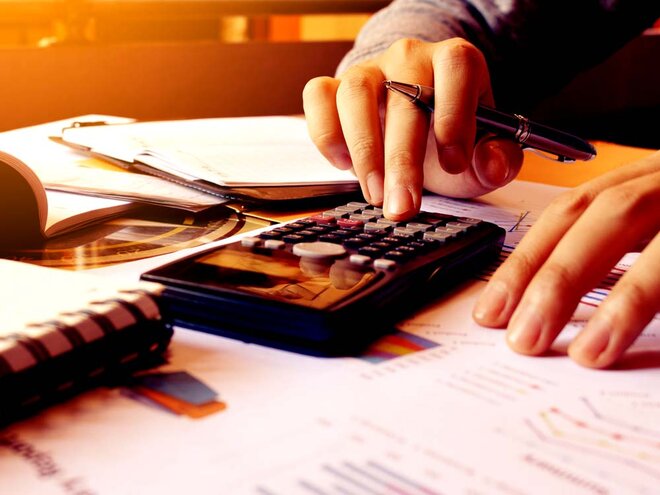
Intrinsic value is perhaps one of the most important concepts of value investing. Intrinsic value determines whether a stock offers value or not. But it is also one of the most confounding concepts in value investing. We will therefore explain intrinsic value in depth here.
Busting the myth
As Charlie Munger points out, it may not be so easy to pin intrinsic value. "When you're trying to determine intrinsic value and margin of safety, there's no one easy method that can simply be mechanically applied by a computer that will make someone who pushes the buttons rich. You have to apply a lot of models. I don't think you can become a great investor rapidly, no more than you can become a bone-tumor pathologist quickly." (Berkshire Annual Meeting 2007).
Here is an easy explanation by Buffett to approach intrinsic value. Says Buffett, "Let's say you decide you want to buy a farm and you make calculations that you can make $70/acre as the owner. How much will you pay [per acre for that farm]? Do you assume agriculture will get better so you can increase yields? Do you assume prices will go up? You might decide you wanted a 7 per cent return, so you'd pay $1,000/acre. If it's for sale at $800, you buy, but if it's at $1,200, you don't." (Berkshire Annual Meeting 2007).
Here's another way to look at intrinsic value. Buffett explained, "If you were thinking about paying $900,000 or $1.3 million for a McDonald's stand, you'd think about things like whether people will keep eating hamburgers and whether McDonald's could change the franchise agreement. You have to know what you're doing and whether you're within your circle of competence." (Berkshire Annual Meeting 2008).
In his 2010 Annual Letter, Buffett described a two-column valuation method investment analysis process to arrive at the intrinsic value. Using Berkshire as an example, he divided his firm into investments and non-insurance business. The first part involved arriving at per share investments. Next he calculated the pre-tax earnings of his other businesses and applied an appropriate multiple to the earnings. Finally, he added this amount to the per share investments to arrive at the intrinsic value.
At best, intrinsic value is an estimate, as Buffett explains, "Intrinsic value is an estimate rather than a precise figure, and it is additionally an estimate that must be changed if interest rates move or forecasts of future cash flows are revised." You don't need to get intrinsic value figures right to the second decimal place. Buffett points, "If we see someone who weighs 300 or 320 pounds, it doesn't matter - we know they're fat. We look for fat businesses." (Berkshire Annual Meeting, 2007).
A little understood concept is that the intrinsic value can sometimes be much lower than the company's stated book value. In the Owners Manual, dated 1999, Buffet gave the example of Berkshire in 1964. The book value of the Berkshire stock was $19.46/share. According to Buffett, the intrinsic value was far lower because Berkshire was struggling in a low profitability textile business. The textile assets did not have going-concern or liquidation values equal to their carrying values.
In the end, it pays to keep in mind Munger's statement when considering intrinsic value. "We have no system for estimating the correct value of all businesses. We put almost all in the 'too hard' pile and sift through a few easy ones." (Berkshire Annual Meeting, 2007).




